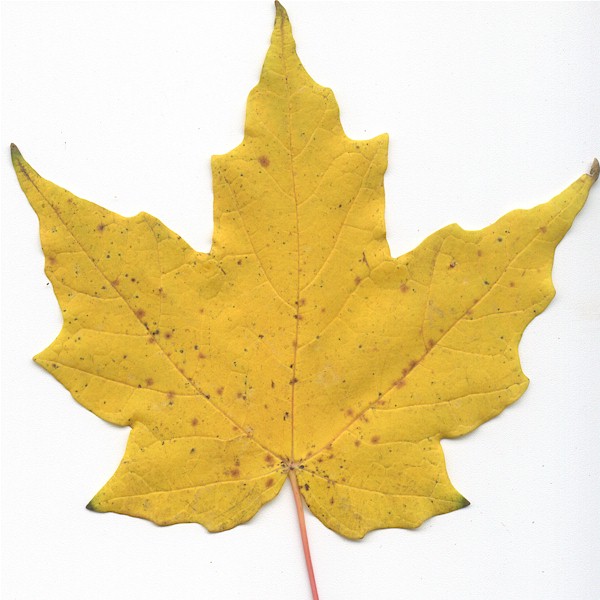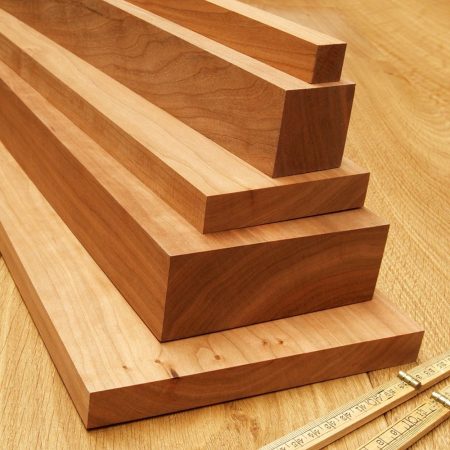July 1, 2025 | 4 min read | By: Parkerville Wood Products


Hard maple and soft maple are both types of wood that come from the maple tree species. While they share some similarities, there are several key differences between them:
It’s important to note that the terms “hard maple” and “soft maple” can refer to multiple species of maple trees, and their characteristics can vary slightly depending on the specific species. However, the general differences described above should give you a good understanding of the distinctions between the two.
Do you need help with a woodworking or wood-related project and don’t know where to turn? We’re here to help. Whether you’re looking for consultation and advice, want help with design options or you’re simply looking for the right selection of wood for your project, we’re more than happy to assist you. Need help when it comes to milling or other services? We can assist you with that as well.



In celebration of President’s Day, our selection of 4/4 Cherry is on sale! Regular 4/4 Cherry is discounted to $3.99 bf with 8+” wide at $4.49.
Sale runs until February 24th!
** We’re open until 7 PM on Thursdays **
